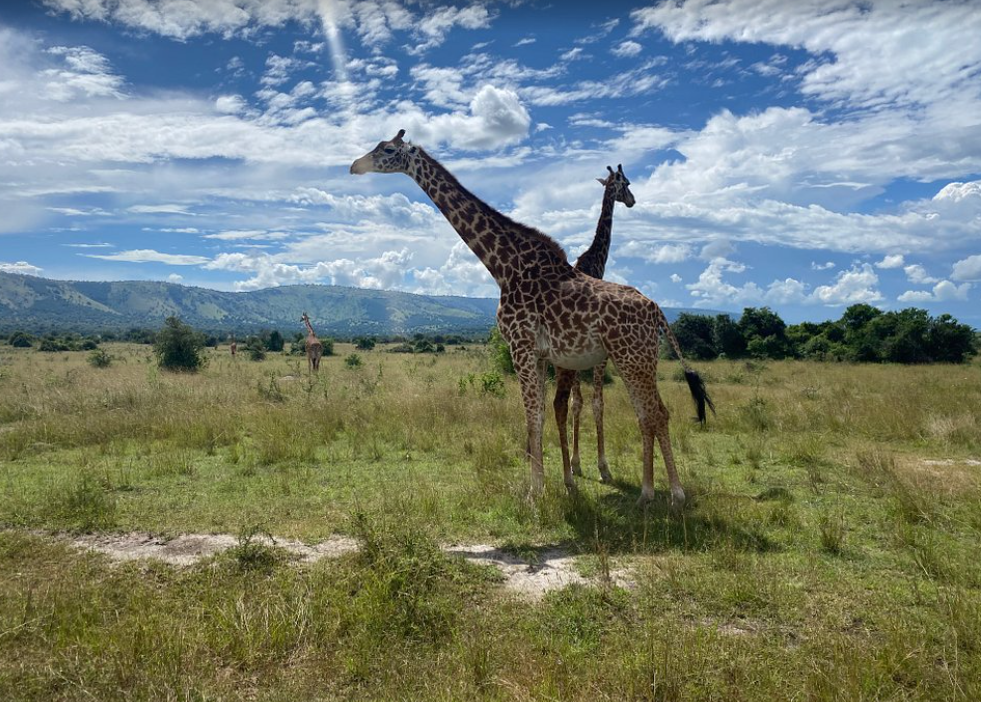Tree-Climbing Lions: In Uganda and Tanzania
Tree climbing Lions and all other lions are known as the kings of the jungle, dominating the African savannah with their strength and pride-based social structure. However, a rare and fascinating behavior challenges this ground-dwelling image—tree-climbing lions. Unlike most lions that spend their lives on the plains, these unique cats have developed the unusual habit of climbing trees and resting on branches.
Tree-climbing lions are an extraordinary sight and a major attraction in certain African national parks. Their ability to scale trees is still a mystery to many researchers, but various theories suggest that they do so to escape heat, avoid insects, or gain a better vantage point.
If you are an adventure seeker or a wildlife enthusiast, spotting these majestic cats lounging on tree branches is an experience like no other. In this article, we will explore where tree-climbing lions are found, why they climb trees, and interesting facts about their behavior.
Where Can You See Tree-Climbing Lions?
Tree-climbing lions are extremely rare, and only a few places in Africa offer the chance to see them in their natural habitat. The two most famous locations where this phenomenon occurs are:
1. Lake Manyara National Park, Tanzania
Lake Manyara National Park is the most well-known destination for spotting tree-climbing lions. Nestled between the Great Rift Valley escarpment and Lake Manyara, this park provides an ideal environment for these lions to display their unique behavior. The park is also home to lush woodlands, open savannahs, and diverse wildlife, making it a top safari destination.
2. Queen Elizabeth National Park, Uganda
Another prime location for tree-climbing lions is Ishasha Sector in Queen Elizabeth National Park, Uganda. This remote section of the park is famous for its acacia and fig trees, where lions are often spotted resting during the day.
Other Reported Sightings
Although Lake Manyara and Queen Elizabeth National Parks are the most famous, tree-climbing lions have also been occasionally sighted in:
- Serengeti National Park, Tanzania
- Tarangire National Park, Tanzania
- Kruger National Park, South Africa (very rare sightings)
Why Do Lions Climb Trees?
Unlike leopards, which are natural climbers, lions have a more robust build that makes tree climbing challenging. However, some prides have adapted to this unusual behavior. Wildlife researchers and conservationists have suggested several reasons for this:
1. Escape from the Heat
African savannahs can become extremely hot during the day, especially in areas with little shade. By climbing trees, lions can find cooler and breezier spots to rest while avoiding the scorching ground temperatures.
2. Protection from Insects and Parasites
During the wet season, the African plains become infested with biting insects like tsetse flies and mosquitoes. By climbing trees, lions can escape the irritation and discomfort caused by these pests.
3. Better View for Hunting
Lions rely on their excellent vision for hunting. Climbing trees gives them an elevated vantage point to scan the surrounding area for prey. This strategic advantage allows them to spot potential food sources and threats more easily.
4. Avoidance of Other Predators
Despite being apex predators, lions occasionally face threats from buffaloes, elephants, and even rival prides. Climbing trees provides a safe space where they can avoid potential confrontations with aggressive herbivores or other predators.
5. Playful Behavior and Learned Traits
Some experts believe that tree-climbing behavior may be learned rather than instinctive. Certain prides develop this ability over generations, teaching younger lions how to climb. Young cubs, in particular, enjoy climbing trees as part of their playful nature, which might lead to habitual climbing in adulthood.
Interesting Facts About Tree-Climbing Lions
1. Not All Lions Can Climb Trees
While tree-climbing is common among leopards, most lions do not have the agility or habit of climbing. This behavior is limited to specific prides in a few locations.
2. They Prefer Certain Types of Trees
Tree-climbing lions tend to favor trees with low-hanging branches and strong limbs, such as:
- Acacia trees
- Fig trees
- Sycamore trees
These trees provide wide, sturdy branches that can support the weight of an adult lion.
3. Climbing is a Learned Behavior
Unlike leopards, who are natural climbers from birth, lions seem to learn tree-climbing over time. Cubs often imitate their mothers and siblings, gradually developing their ability to balance and maneuver on branches.
4. They Can Stay in Trees for Hours
Tree-climbing lions are known to spend long hours resting on branches, sometimes remaining perched in trees for an entire afternoon before descending in the evening.
5. They Use Their Claws and Strength to Climb
Unlike leopards that use their agility to scale trees quickly, lions rely on their muscular strength and sharp claws to climb up. Coming down, however, can be more challenging, as they often struggle to descend gracefully.
FAQs About Tree-Climbing Lions
1. Are tree-climbing lions a separate species?
No, tree-climbing lions are not a separate species. They belong to the same species as all African lions (Panthera leo) but have developed a unique behavioral adaptation.
2. Do tree-climbing lions hunt from trees?
No, lions do not hunt from trees like leopards. They primarily rest and observe their surroundings from trees but return to the ground to stalk and ambush prey.
3. Can all lions be trained to climb trees?
Not necessarily. While some lions can learn to climb, it is not an instinctive behavior for all prides. Certain groups have developed this skill over generations due to environmental factors.
4. What is the best time to see tree-climbing lions?
The best time to see tree-climbing lions is during the dry season (June to October) when the grass is shorter, making wildlife easier to spot. Early morning and late afternoon game drives offer the best chances of sighting them.
5. Are tree-climbing lions endangered?
Lions in general face threats such as habitat loss, poaching, and human-wildlife conflict. While tree-climbing lions are not classified separately, their limited population makes conservation efforts crucial to protect them.
6. Can tree-climbing lions fall from trees?
Yes, although lions are powerful, they are not as agile as leopards. Sometimes, they lose balance and fall while trying to descend. However, they usually land safely due to their muscular build.
7. Which national park is the best for seeing tree-climbing lions?
Lake Manyara National Park (Tanzania) and Queen Elizabeth National Park (Uganda) are the two best places to witness tree-climbing lions in the wild.
In Conclusion;
Tree-climbing lions remain one of Africa’s most fascinating wildlife mysteries. Whether they climb trees to escape the heat, avoid insects, or gain a strategic advantage, their behavior sets them apart from other lion populations. Seeing these majestic big cats lounging on tree branches is a once-in-a-lifetime experience for safari enthusiasts.
If you ever plan a safari in Tanzania or Uganda, don’t miss the chance to visit Lake Manyara or Queen Elizabeth National Park for a chance to witness this rare and breathtaking phenomenon.






